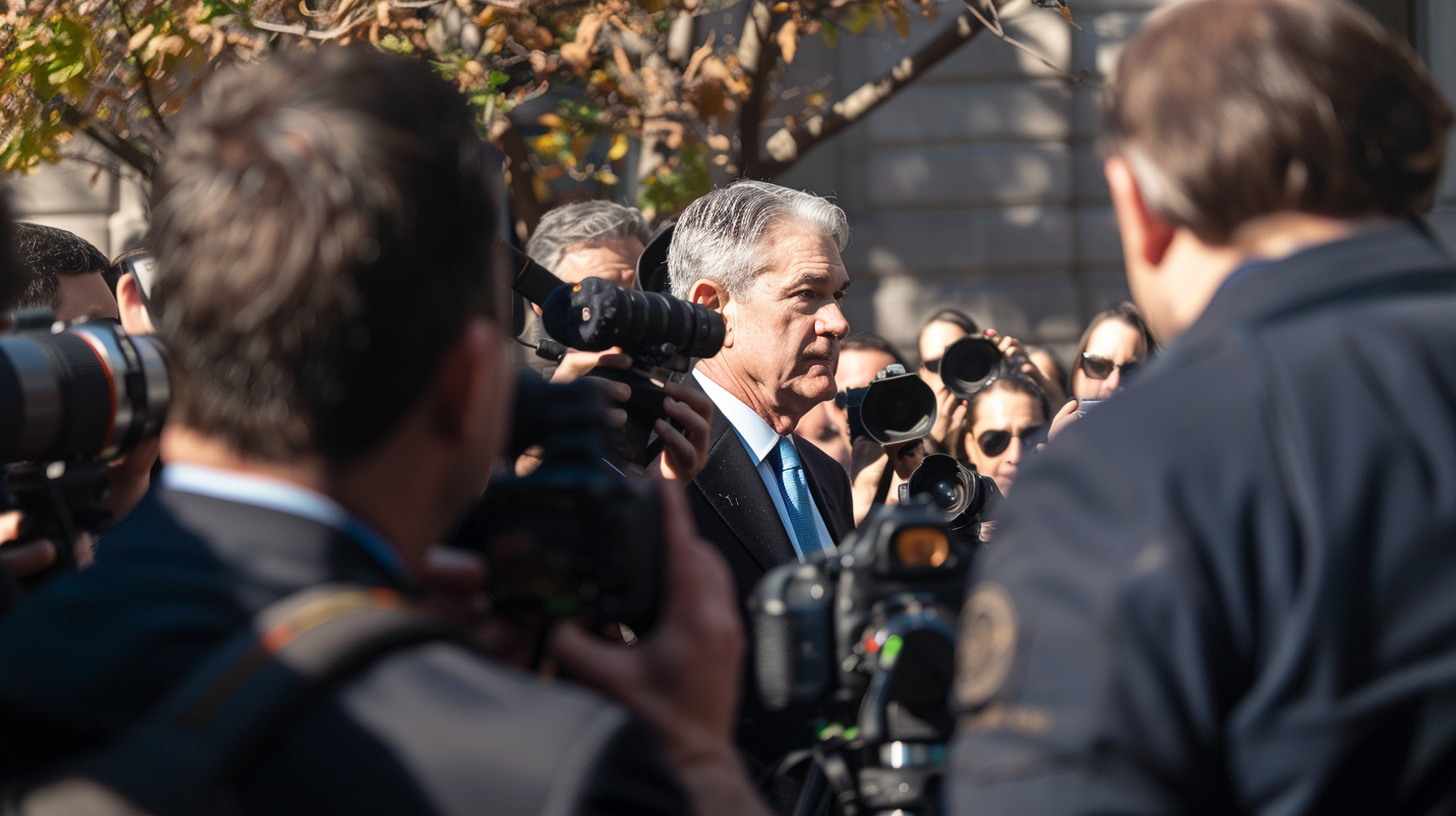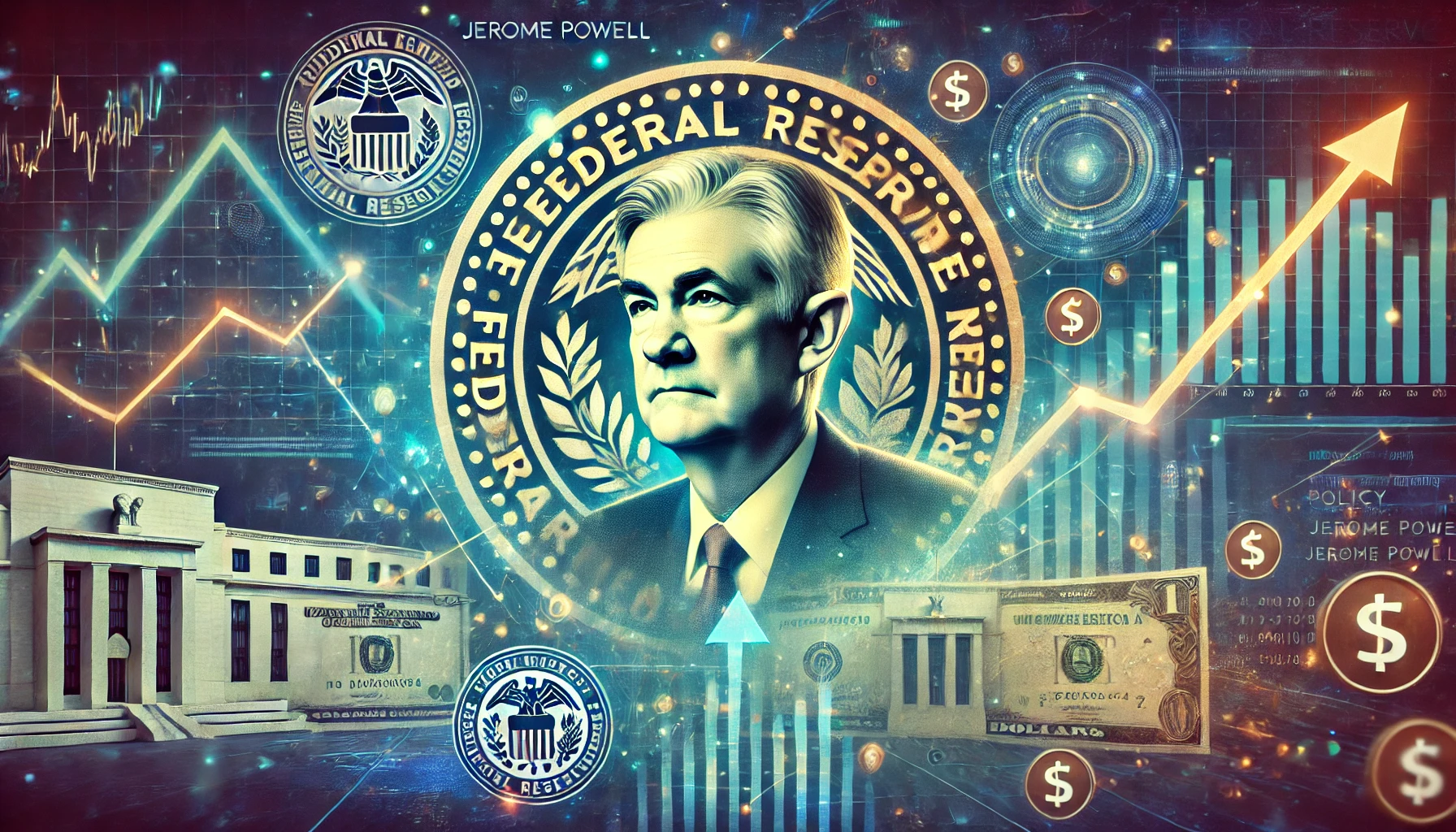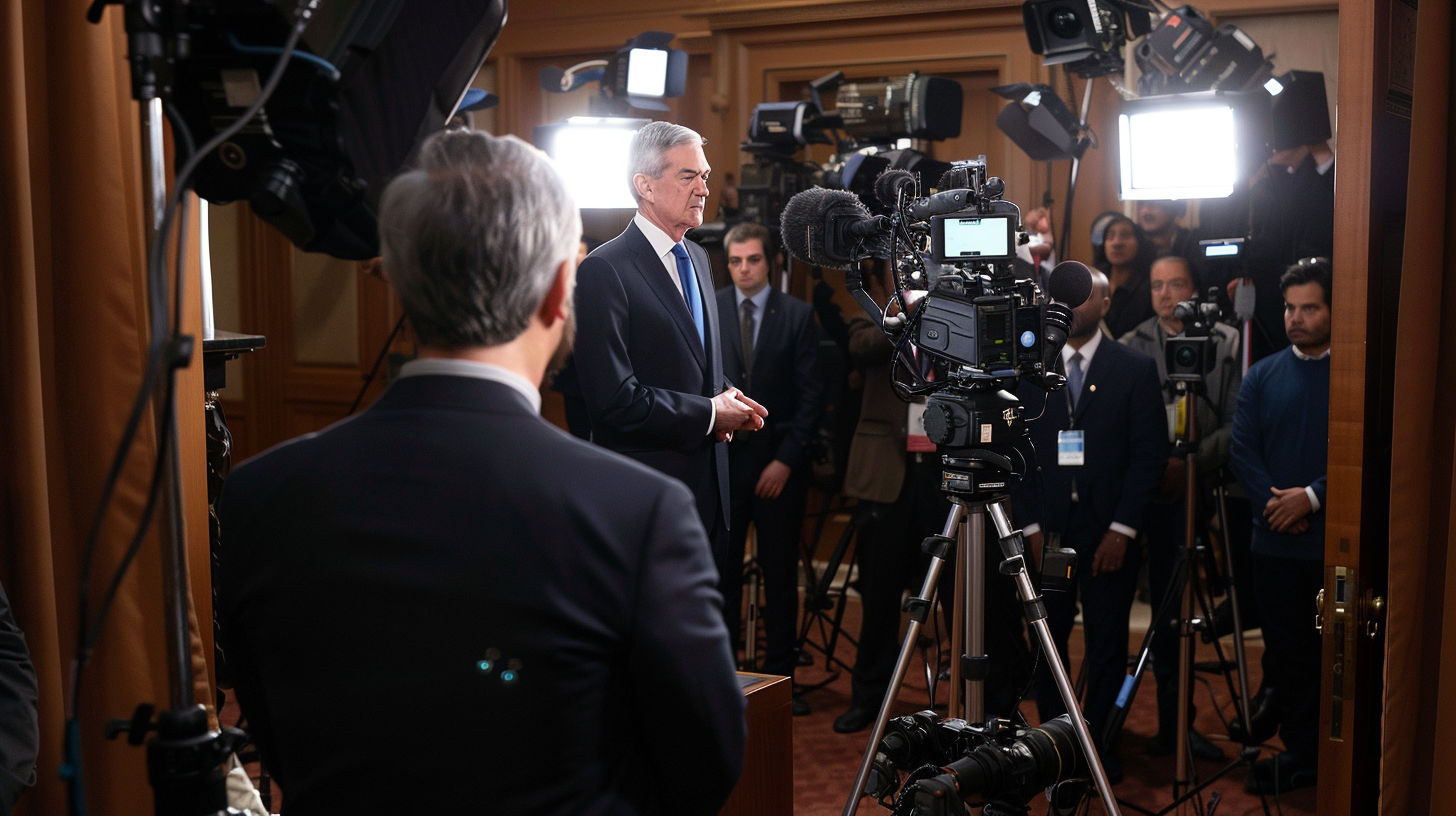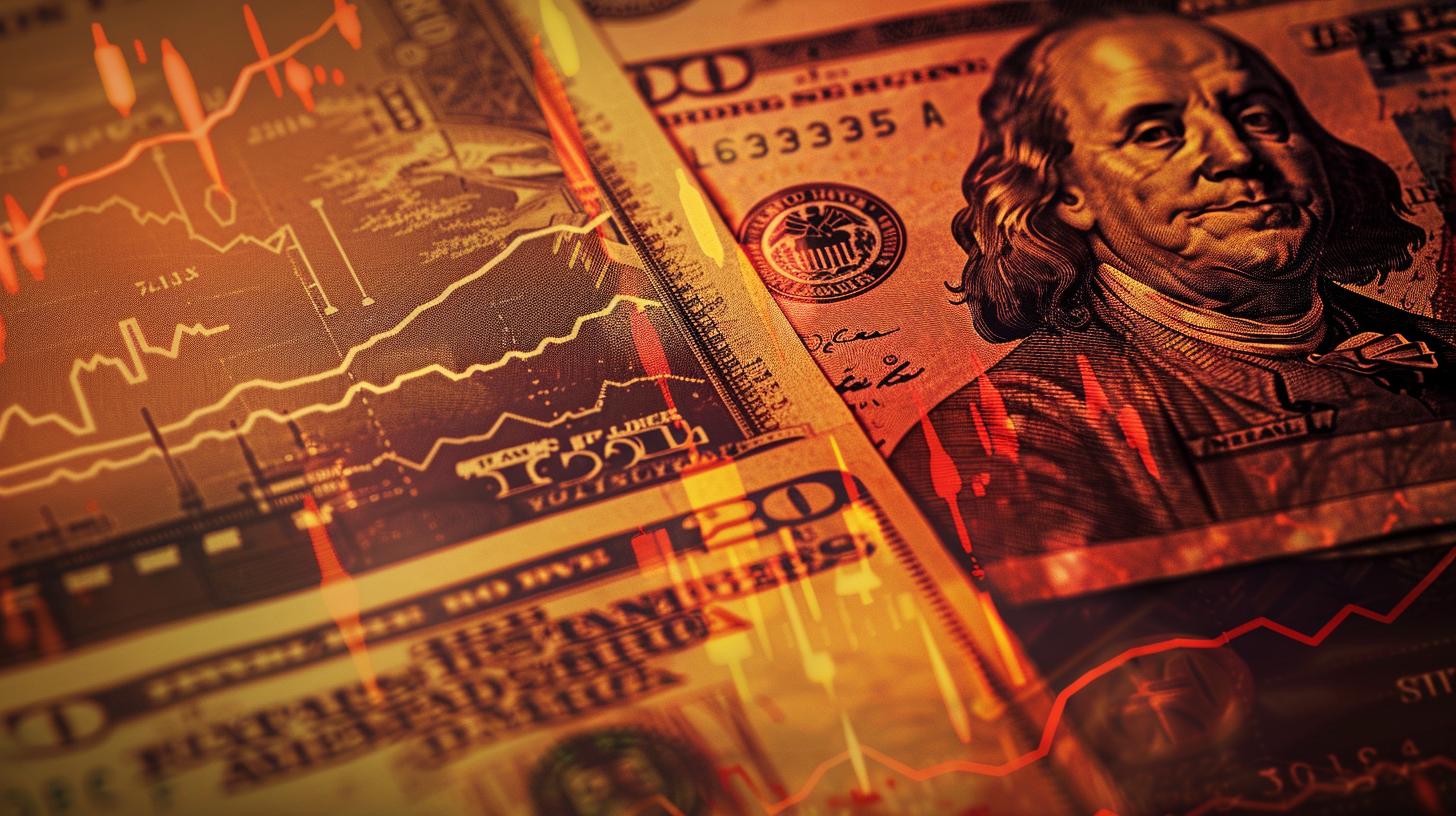| Key Points: – The Federal Reserve kept its benchmark interest rate unchanged at 4.25%-4.50%. – Policymakers removed previous language suggesting inflation had “made progress” toward the 2% target. – Uncertainty looms over the impact of President Trump’s proposed tariffs and economic policies. |
The Federal Reserve opted to hold interest rates steady on Wednesday, pausing after three consecutive cuts in 2024, as officials await further data on inflation and economic trends. The unanimous decision keeps the federal funds rate within the 4.25%-4.50% range, with policymakers expressing a cautious stance on future rate moves.
Notably, the Fed adjusted its policy statement, omitting previous language that inflation had “made progress” toward its 2% target. Instead, it acknowledged that inflation remains “somewhat elevated.” This signals that officials see a higher bar for additional rate cuts, even after reducing borrowing costs by a full percentage point last year.
“Economic activity has continued to expand at a solid pace. The unemployment rate has stabilized at a low level in recent months, and labor market conditions remain solid,” the Federal Open Market Committee (FOMC) stated. Policymakers reiterated that future rate adjustments would be data-dependent, assessing incoming economic indicators and evolving risks.
The Fed’s cautious stance follows months of inflation readings that have hovered above its 2% target. While some indicators, such as the Consumer Price Index (CPI), have shown slight improvement, core inflation remains persistent. The next reading of the Fed’s preferred inflation gauge, the Personal Consumption Expenditures (PCE) index, is due on Friday and could influence future policy decisions.
Adding complexity to the Fed’s outlook, President Donald Trump has signaled intentions to impose tariffs on key trading partners, including Mexico, Canada, and China. Some economists warn that such actions could drive inflation higher, making the Fed’s task of achieving price stability more challenging. Furthermore, Trump has openly pushed for deeper rate cuts, hinting at potential friction with Fed Chair Jerome Powell.
With today’s decision, investors will closely monitor upcoming inflation reports and any shifts in the Fed’s stance. Policymakers have indicated expectations for just two rate cuts in 2025, down from previous forecasts of four. Any sustained inflationary pressures or shifts in fiscal policy could further delay monetary easing.
Fed Chair Powell is set to hold a press conference later today, where he is expected to provide additional insights into the central bank’s outlook and response to evolving economic conditions.













